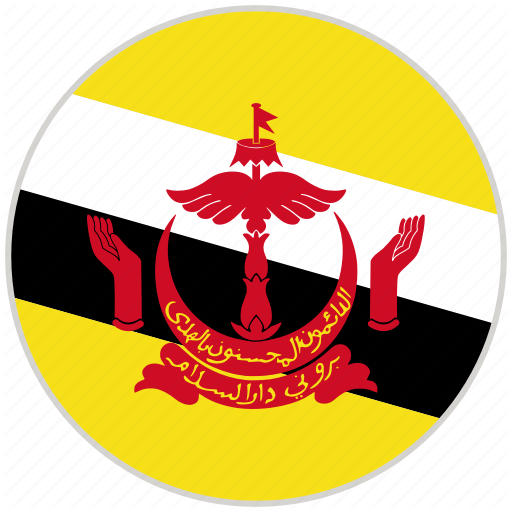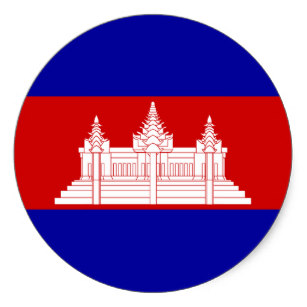|
|
Population Density
(per person per sq km)
|
GDP Per Capita (in PPP$)
|
Urbanization (percentage of urban population)
|
Total Renewable Water Per Capita
(cubic meters per year)
|
||||
|
|
1992
|
2007
|
1992
|
2007
|
1992
|
2007
|
1992
|
2007
|
|
China
|
122
|
138
|
1,328
|
5,378
|
28.94
|
42.24
|
2,691
|
2,130
|
|
Japan
|
334
|
343
|
26,955
|
33,573
|
63.75
|
66.27
|
3,457
|
3,361
|
|
Republic of Korea
|
441
|
486
|
11,818
|
26,523
|
75.82
|
81.25
|
1,594
|
1,451
|
|
ASEAN
|
|
|
|
|
|
|
|
|
|
Brunei Darussalam
|
46
|
68
|
16,349
|
49,160
|
67.08
|
74.39
|
31,261
|
22,254
|
|
Cambodia
|
50
|
79
|
1,126
|
1,784
|
13.19
|
20.92
|
45,834
|
33,537
|
|
Indonesia
|
98
|
121
|
2,338
|
3,716
|
32.52
|
50.44
|
15,035
|
12,400
|
|
Lao PDR
|
18
|
24
|
1,012
|
2,244
|
16.13
|
29.7
|
77,126
|
57,914
|
|
Malaysia
|
58
|
82
|
5,783
|
13,167
|
51.81
|
69.56
|
30,387
|
22,211
|
|
Myanmar
|
63
|
85
|
-
|
-
|
25.3
|
31.92
|
25,269
|
21,613
|
|
Philippines
|
207
|
295
|
3,303
|
3,409
|
50.88
|
64.24
|
7,469
|
5,553
|
|
Singapore
|
4,050
|
6,489
|
14,564
|
49,714
|
100
|
100
|
189
|
137
|
|
Thailand
|
112
|
129
|
4,697
|
7,901
|
29.76
|
32.9
|
7,374
|
6,462
|
|
Viet Nam
|
208
|
257
|
1,140
|
2,639
|
21
|
27.34
|
12,893
|
10,338
|
|
Source: ESCAP Yearbook for Asia and the Pacific 2009; ASEAN Statistical Yearbook 2008 & 2003; and, ASEAN In Figures 2003.
|
||||||||
|
(1) Figure for 1992 not available, thus the 1990 figure as in ASEAN in Figures 2003 is used instead.
|
||||||||
|
NOTE: The Population Density and GDP per Capital (in PPP$) data for ASEAN countries are derived from ASEAN Statistical Yearbook 2008 & 2003, and ASEAN In Figures 2003. Data for China, Japan and Republic Korea, and data on Urbanization and Total Renewable Water Per Capita for all ASEAN + 3 are derived from ESCAP.
|
||||||||
|
In the Fourth ASEAN State of the Environment Report 2009, the data for 'Per capita Water Resource Availability' is only for the year 2007. There are no corresponding figures in other ASEAN reports for 1992. For the purpose of comparing figures across time, the 'Total Renewable Water Per Capita' from ESCAP Yearbook for Asia and the Pacific 2009 is used instead.
|
||||||||
|
|
Total Renewable Water Per Capita
|
% change
|
|||
|
|
Cubic meters per year
|
||||
|
|
1992
|
1997
|
2002
|
2007
|
since 1992
|
|
China
|
2,691
|
2,286
|
2,184
|
2,130
|
-20.8%
|
|
Japan
|
3,457
|
3,409
|
3,373
|
3,361
|
-2.8%
|
|
Republic of Korea
|
1,594
|
1,522
|
1,474
|
1,451
|
-9.0%
|
|
ASEAN
|
|
|
|
|
|
|
Brunei Darussalam
|
31,261
|
27,395
|
24,324
|
22,254
|
-28.8%
|
|
Cambodia
|
45,834
|
39,712
|
35,909
|
33,537
|
-26.8%
|
|
Indonesia
|
15,035
|
13,972
|
13,050
|
12,400
|
-17.5%
|
|
Lao PDR
|
77,126
|
67,812
|
61,741
|
57,914
|
-24.9%
|
|
Malaysia
|
30,387
|
26,768
|
23,909
|
22,211
|
-26.9%
|
|
Myanmar
|
25,269
|
23,609
|
22,357
|
21,613
|
-14.5%
|
|
Philippines
|
7,469
|
6,692
|
6,026
|
5,553
|
-25.7%
|
|
Singapore
|
189
|
162
|
144
|
137
|
-27.5%
|
|
Thailand
|
7,374
|
6,968
|
6,647
|
6,462
|
-12.4%
|
|
Viet Nam
|
12,893
|
11,767
|
10,943
|
10,338
|
-19.8%
|
|
Source: ESCAP Statistical Yearbook for Asia and the Pacific 2009 at http://www.unescap.org/stat/data/syb2009/
|
|||||
- Improper integration of water resource management into mainstream national and local development objectives and plans
- Multiplicity of institutions overlooking water resource management, leading to overlapping functions, unclear responsibilities and poor coordination in planning, implementing and monitoring
- Limited technological capabilities, low technical qualifications of manpower and weak infrastructure
- Poor or inconsistent monitoring, information management and dissemination mechanism on water usage
- Insufficient stakeholder engagement (including public-private partnership and civil society) from planning to implementation
- Lack of financial resources and inadequate budget allocation
- Inequitable distribution of water resources among different economic sectors, users and regions
- Complexities of cross-border water issues such as water resource management of the Mekong River
- Impact of climate change
-
Adopt a relevant set of water indicators and ensure consistent monitoring and reporting based on these indicators in order to help formulate better policies or programs
-
Devise a suitable and up-to-date regional database based on the relevant set of indicators in (a) so as to facilitate information and data sharing
-
Identify feasible water resource management projects at local levels in the APT countries (involving at least two APT countries and other interested partners) to be carried out over a reasonable time frame
-
Develop a long-term regional framework of water resource management encompassing and integrating all water sub-sectors
-
Allow voluntary peer review of existing action plans in order to assess progress and identify problems
-
Publish information on best practices as well as challenges in implementing water resource management projects in the APT countries
-
Include in school curriculums topics on environmental studies to enhance awareness among youths of the importance of water resource management
-
Look into climate change impact on water resources for appropriate adaptation measures
-
Adopt appropriate economic pricing policies to promote water conservation and more efficient allocation of this scare resource for different uses
-
Involve relevant stakeholders beyond water professionals to ensure broad-based support for water resource management initiatives
-
Strengthen linkages and promote regular interactions among APT countries to better address water-related disaster risks management such as flooding and droughts
-
Build closer cooperation and coordination among the countries in the Mekong River Basin and other regional interested parties to better meet the challenges of water resource management
-
Establish a regional water fund to support water resource management activities and exchange of information, experience and knowledge as well as capacity building
[i] See World Health Organization website at http://www.who.int/features/factfiles/water/en/index.html dated March 2009.
[ii] See “World Water Day 2010 brochure” by UNWater at http://www.unwater.org/ worldwaterday/downloads/WWD2010_LOWRES_BROCHURE_EN.pdf.
[iii] The joint report by the IWMI and FAO is titled “Revitalizing Asia’s Irrigation: To Sustainably Meet Tomorrow’s Food Needs”. It was released at the World Water Week held in Stockholm in August 2009. The project is funded by the Asian Development Bank.
[iv] “Global Water Partnership (GWP) in action: 2009 Annual Report”, page 7 at http://www.gwpforum.org/ gwp/library/GWP_Annual_Report_2009.pdf.
[v] East Asia here generally refers to the APT countries.
[vi] Renewable water refers to the water that is continuously renewed within reasonable time spans by the hydrological cycle, such as that in streams, reservoirs or aquifers that refill from precipitation, runoff or groundwater recharge. See http://www.aaas.org/international/ehn/waterpop/gloss.htm. The renewable water supply is the sum of precipitation and imports of water, minus the water not available for use through natural evapotranspiration and exports and is a simplified upper limit to the amount of water consumption that could occur in a region on a sustained basis.











.png)



.png)




